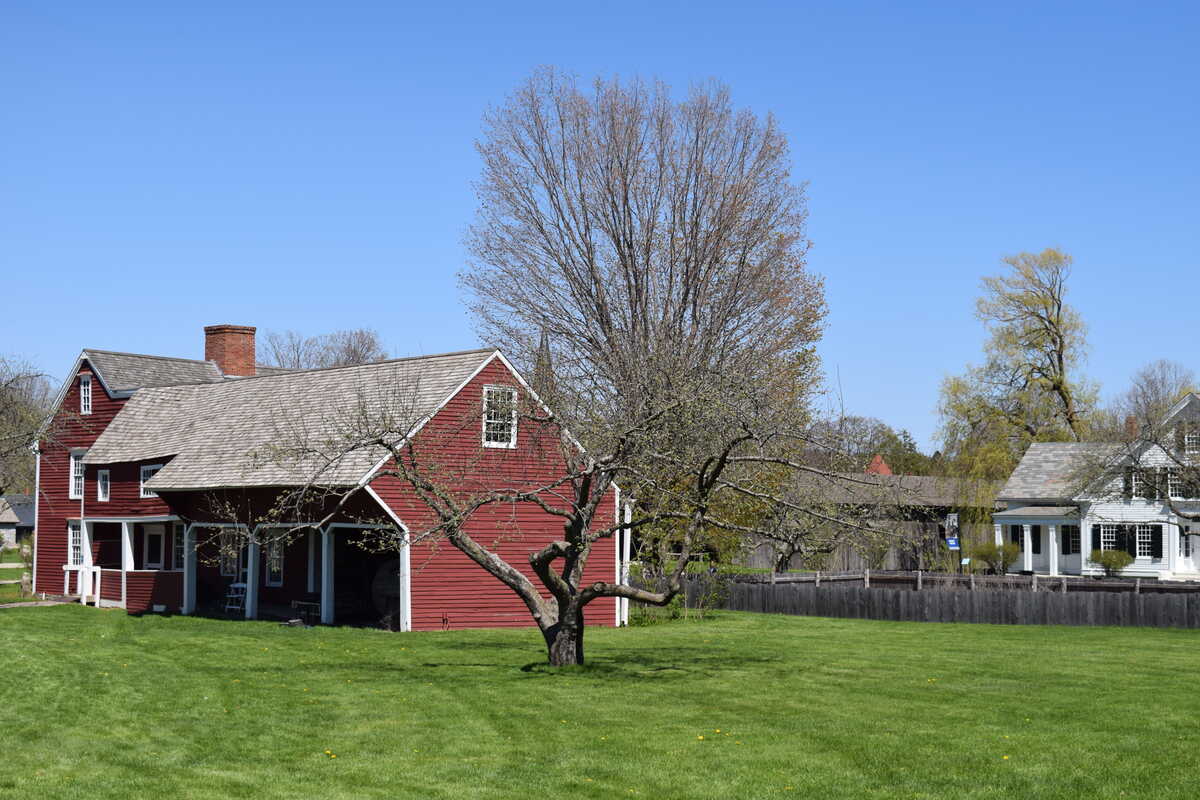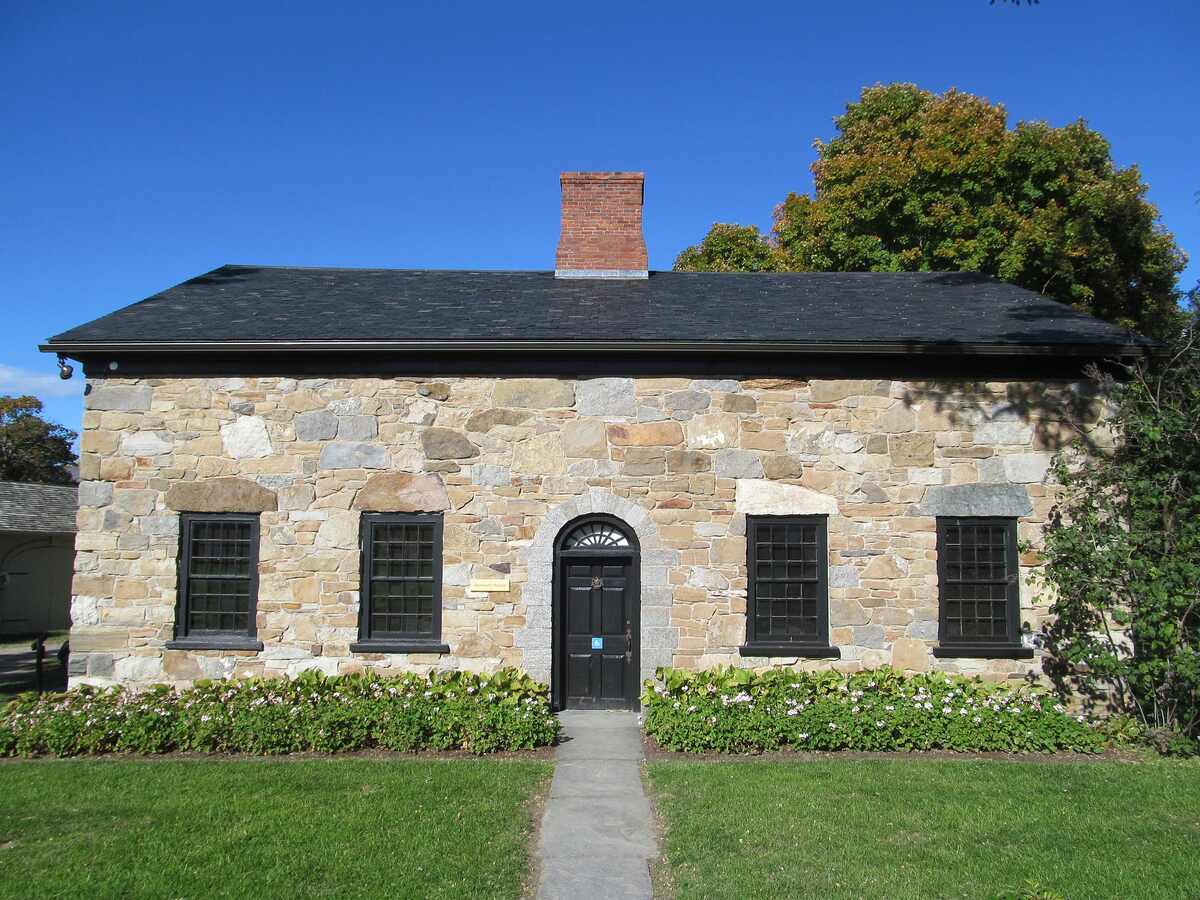
Most of Vermont’s growing zone is 5a, but it ranges from 4a to 5b. That means our optimal growing season is May to September, and the earliest you can safely plant without losing flowers and seedlings to a cold snap is mid- to late April.
The annual minimum temperature determines the growing zones. They help growers choose plants that will thrive in their area and when to begin planting. We’ll dive into the particulars of Vermont’s growing zone and share some things you’ll need to know about gardening here, including our soils and the best plants for Vermont.
What is a Growing Zone?
A growing zone refers to the USDA Plant Hardiness Zone Map, which, according to the USDA, “is the standard by which gardeners and growers can determine which perennial plants are most likely to thrive at a location.” The map is based on the average annual extreme minimum winter temperature, displayed as 10-degree F zones and 5-degree F half zones.”
In other words, the map determines your temperature climate. As mentioned, they’re in increments of 10 and 5 degrees. From one number to the next is 10 degrees, and from a to b is 5 degrees. For example, 4a and 4b are 5 degrees apart, but 4a and 5a are 10 degrees apart.
Understanding your growing zone helps you to anticipate the last frost. For most plants and vegetables, after the last frost is when to begin planting. Growing zones also help you choose the best plants and grass to include in your landscaping.
Vermont’s Growing Zones
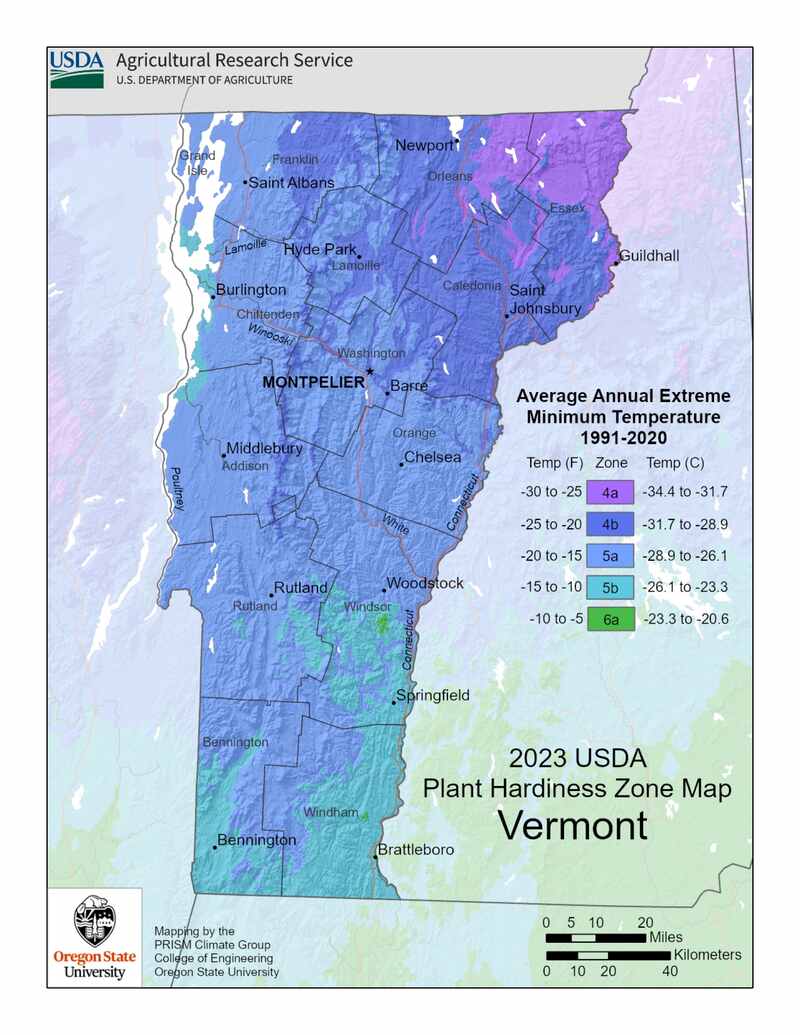
The growing zone in Vermont ranges from 4a to 5b. The zone borders are not as clear as property lines due to changes in elevation, plant life, and weather. Especially between 4b and 5a, the zones mix a lot, making the zones look like finger lakes. To be sure which zone you’re in, check out the USDA Plant Hardiness Zone Map of Vermont.
- 4a: This zone is a small patch in northeast Vermont, north of Essex and east of Newport. Cities include Averill and Lemington.
- 4b: This zone is also in northeastern Vermont. It stretches as far south as Barre and as far west as Franklin. Major cities include Newport, St. Johnsbury, and Hyde Park.
- 5a: This zone accounts for most of Vermont, encompassing northwest Vermont down to Bennington. Major Cities include Montpellier, Burlington, and Rutland.
- 5b: This zone includes much of southern Vermont, especially the southeast. Major cities include Brattleboro, Bennington, and Springfield.
When to Plant in Vermont
Planting times depend on your growing zone and what you’re planting.
- Zone 4: Depending on the crop, you can begin outdoor planting as early as mid-April, but after May 1 is best for most flowers and vegetables. However, the last frost can be as late as June 1, so pay attention to temperature patterns before you plant. Begin indoor seedlings in mid-March.
- Zone 5: A few plants can go in the ground as early as April 1, but many are better planted in late April. Keep in mind that the last frost can be as late as May 15, so watch the temperature patterns to more accurately know when to plant. Begin indoor seedling in early March.
Vermont’s Growing Season
According to The National Gardening Association, Vermont’s growing season is about mid-May through mid-September. However, your growing season varies depending on where you live.
Here are some cities and their growing season:
- Averill: June 21 to August 26
- Newport: May 24 to September 20
- Brattleboro: June 4 to September 7
- Montpelier: May 11 to October 1
- Burlington: May 8 to October 3
- St. Johnsbury: May 26 to September 20
- Middlebury: May 20 to September 19
- Bennington: May 19 to September 22
- Woodstock: June 8 to September 12
- Londonderry: June 4 to September 7
- Rutland: May 22 to September 19
What Grows in Vermont
No matter where you live, your best bet is to utilize native plants, shrubs, and trees. They’re already well-adapted to the soil and climate. Plus, they’re often great pollinator plants.
Here’s some of the best plants and grasses for Vermont:
Flowers
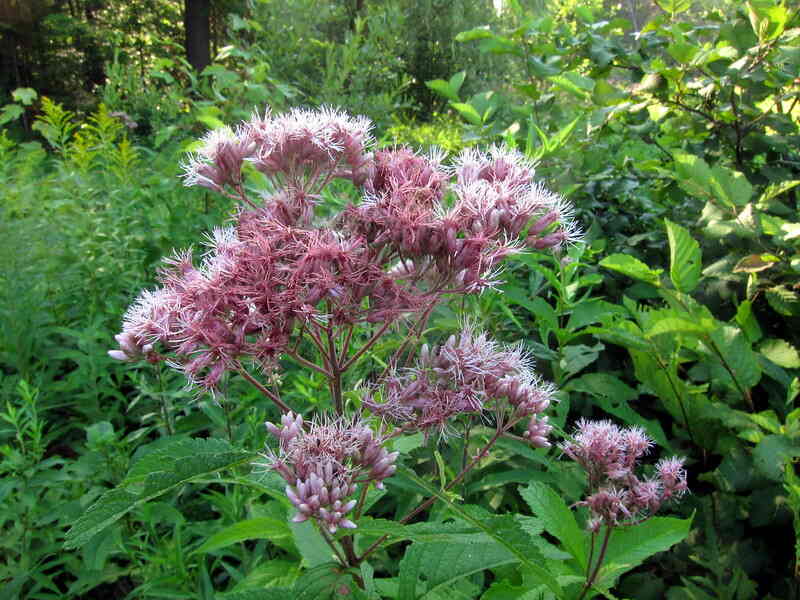
- Joe Pye Weed
- New England Aster
- Goldenrod
- Sunflowers
Shrubs
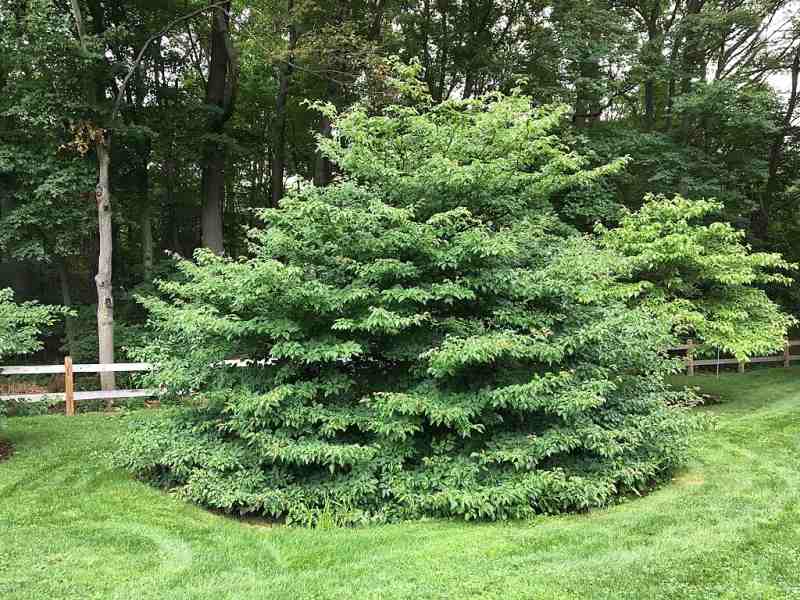
- Shrub Willow
- Speckled Alder
- Pagoda Dogwood
- Highbush Blueberry
Trees
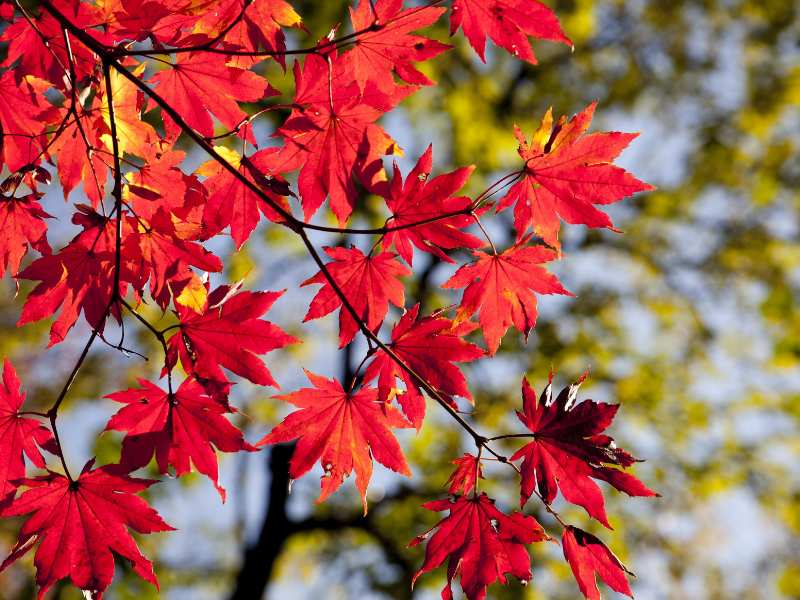
- Oak
- Black Cherry
- Birch
- Red Maple
- Serviceberry
Grasses
Cool-season grasses grow best in Vermont. Here’s a quick list of them, but check out our article on best grass types for Vermont for more information about each.
- Kentucky bluegrass: Popular choice for athletic fields. High cold and foot traffic tolerance, low shade and disease tolerance, and moderate maintenance needs.
- Tall fescue: Deep root system that’s great for slopes and doesn’t have thatch problems. High road salt, disease, and drought tolerance, low foot traffic tolerance, and moderate maintenance needs.
- Fine fescue: Becoming a more popular turfgrass. High shade, drought, salt, and cold tolerance, low foot traffic tolerance and maintenance needs, and moderate disease tolerance.
- Perennial ryegrass: Popular in home lawns. High foot-traffic tolerance, not susceptible to thatch, low shade and drought tolerance, high potential for disease, low mowing needs but does require fertilization.
- Colonial bentgrass: Lovely green color. Low foot traffic and drought tolerance, moderate shade tolerance and maintenance needs, and moderate potential for disease.
Frequently Asked Questions for Vermont Growing Zone
What determines a growing zone?
The most important factor when determining the growing zone is the minimum winter temperature. The coldest temperature a plant endures determines if it will survive to reemerge in spring. Other factors include the length of frost-free period, rainfall, snow cover, wind, and soil type.
What’s the best temperature for plant growth?
In general, the best temperature for plant growth is between 70 degrees and 80 degrees Fahrenheit. Vermont’s average summer temperature is 80 degrees – good news for our gardens. However, this is a general statistic and varies greatly. For example, Alaska’s average summer temperature is only 40 to 60 degrees and the state has plenty of plant growth.
Is it worth getting a greenhouse in Vermont?
Greenhouses greatly extend your growing season from 4 to 5 months to 8 to 10 months. However, greenhouses can be pricey. If you need or want freshly grown fruit, vegetables, and flowers for longer than five months, it’s probably worth the investment. Whether it’s worth it or not depends on your situation.
Should I Hire a Professional for My Landscape?
Landscaping is relatively easy since it doesn’t require specialized equipment, but it takes a ton of time and physical labor. Many homeowners don’t have the time, energy, or desire to spend their precious weekends doing endless yard work. That’s why Vermont residents, young and old, are turning to professionals for help.
But finding a company that’s reliable, affordable, and does a good job is near impossible. That’s where LawnStarter can help. We’ve researched and vetted tons of local professionals and have the best Vermont landscaping pros near you. We have trusted landscaping pros in Rutland, Burlington, and many more cities across the Freedom and Unity State.
Main Image Credit: John Phelan / Wikimedia Commons / CC BY-SA 3.0
